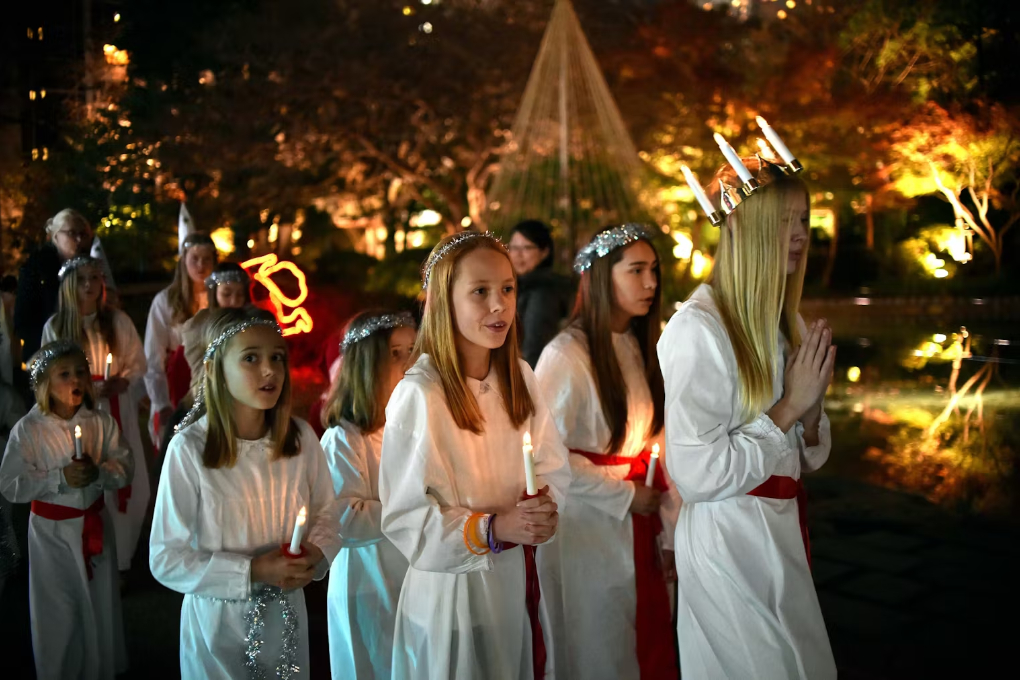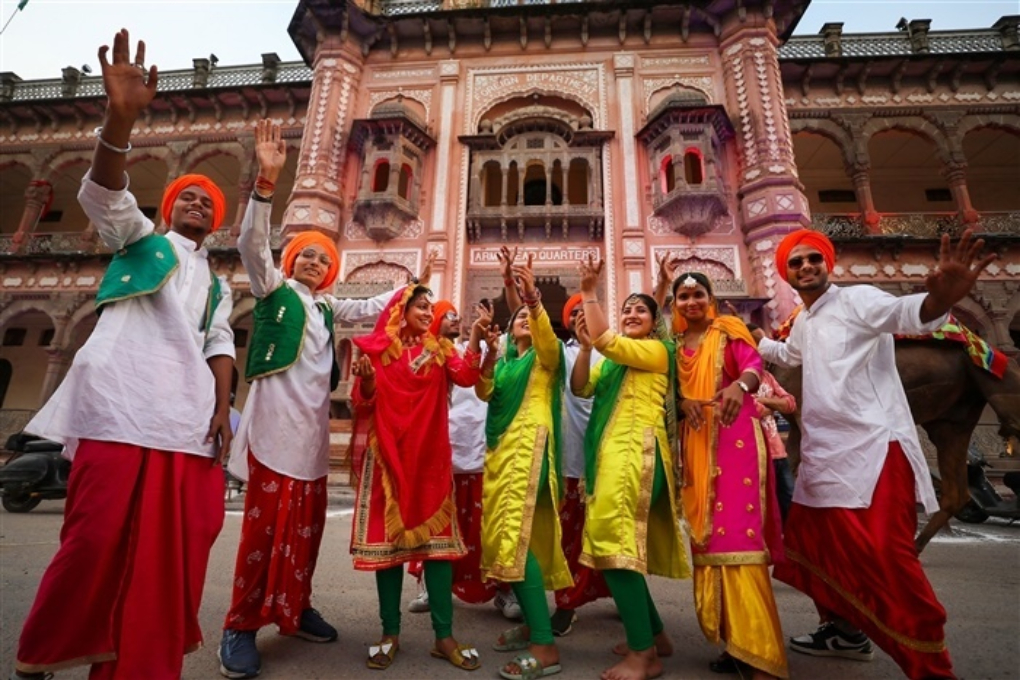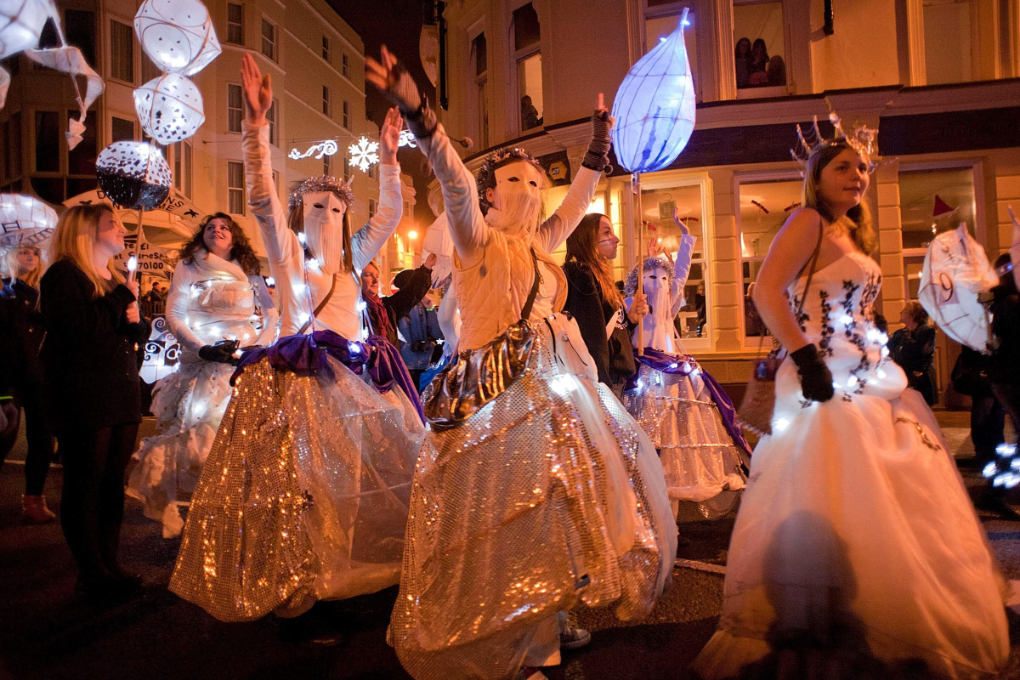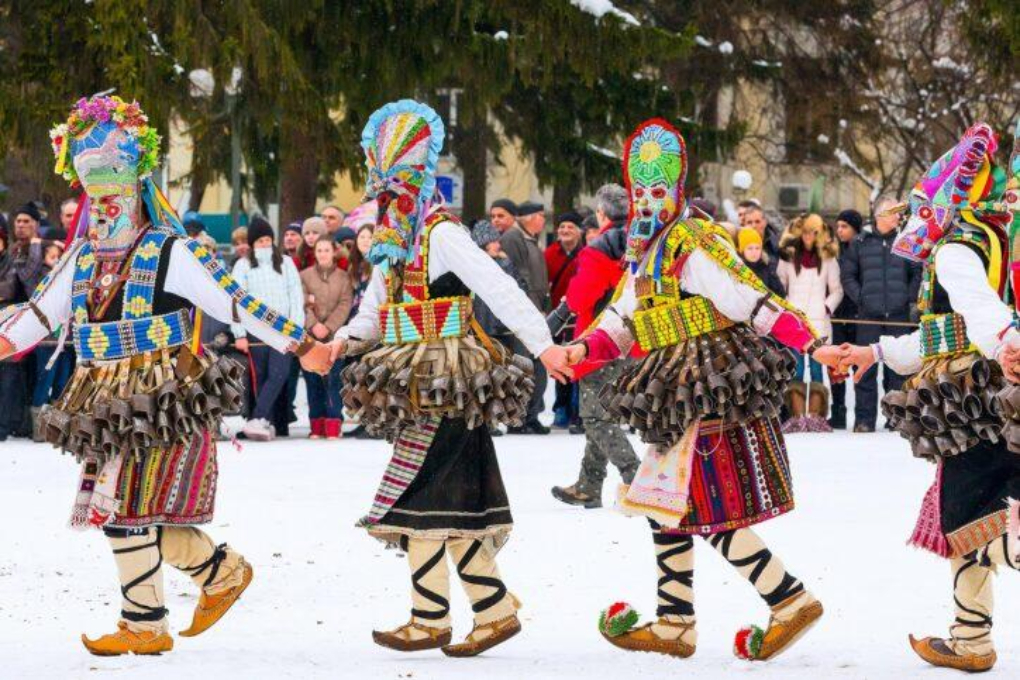
Winter Faison celebrations have long been an enduring tradition that brings communities together to mark the joyousness of this holiday season. From festive decorations and rituals to cultural rituals, they form an integral part of our heritage and history. In this blog post, we’ll delve into these rich traditions as we discuss their significance.

History of Winter Faison Celebrations
Winter Faison celebrations have deep roots in many cultures around the globe. From Winter Solstice and Christmas through Hanukkah and Kwanzaa, generations-old traditions have been passed down, evolving with modernity. Winter Faison festivals reveal our global community’s diversity through customs and beliefs passed from generation to generation.
Festive Decorations and Symbols
One of the most captivating elements of Winter Faison celebrations is its colorful array of festive decorations and symbols that adorn homes and public spaces alike. Ranging from twinkling lights to fragrant evergreen wreaths, these decorations create a magical ambiance that captures the spirit of Winter Faison celebrations. Christmas trees, menorahs, and Kwanzaa kinaras serve as symbols that remind us to uphold traditions and values that are held dear during this time of year.
Cultural Rituals and Traditions
Winter Faison celebrations are rich with cultural rituals and traditions that have been passed down through the generations. From lighting the Yule log to singing Christmas carols to exchanging gifts, each culture brings its own distinct traditions that come together in an intricate tapestry of diversity and unity.

Community Celebrations and Events
Winter Faison celebrations are more than individual traditions; they also foster community spirit during this festive time of year. From parades and festivals, these occasions offer people opportunities to come together and connect, creating a sense of togetherness during what can often be the coldest months.
No Winter Faison celebration would be complete without delicious food and drink to accompany its festivities, from gingerbread cookies to mulled wine—each culture has its own culinary traditions that they enjoy during this festive period. These dishes not only tantalize our palates, but they also connect us with our heritage and ancestry.
Music and dance performances
Music and dance play a central role in Winter Faison celebrations, providing rhythm and melody that add excitement and merriment for all who join in the festivities. Traditional carols to folk dances bring immense pleasure to all involved; music unifies people across cultures and generations into celebration and harmony!
Winter Faison celebrations provide us with an opportunity to look back over the years that have gone by and express our thanks for what has come into our lives. These moments of reflection allow us to appreciate life’s beautiful wonders as well as those from family and friends, making Winter Faison celebrations an occasion to count our blessings while spreading joy throughout our communities.

Global Perspectives on Winter Faison Celebrations
Winter Faison celebrations may vary across cultures, yet all celebrate in joy, unity, and tradition. From snowy landscapes of Scandinavia to sunny beaches in the Caribbean, people from all corners of the globe gather together to honor and rejoice over this festive season. Such global perspectives remind us that coming together brings immense power; celebrating joy together brings power!
Winter Faison celebrations are an opportunity to cherish tradition, community, and joy. From festive decorations to cultural rituals, Winter Faison brings people together in joyous harmony to commemorate its magic. As we gather with loved ones and friends this holiday season, may we all recall these celebrations’ rich traditions as we come together with goodwill in mind to spread joyous celebrations. Happy holidays!

